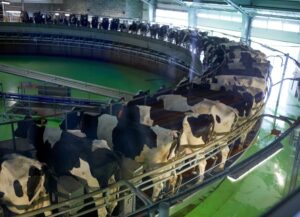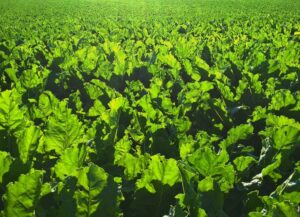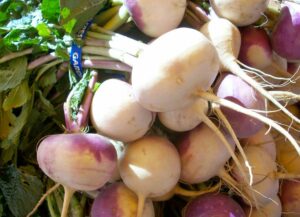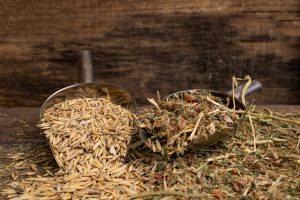Lucas Pantaleon
Mycobacterium avium ssp. paratuberculosis (MAP) is a bacteria that infects dairy cattle (and other ruminants) causing paratuberculosis or Johne’s disease. This disease leads to production losses in dairies all over the world. Infected cattle shed the bacterium in feces and the microorganisms are able to persist in the environment for long periods of time. Fecal slurry used as fertilizer on pasture or for crop production is a risk for MAP transmission to other cows by pasturing or reintroduction of the bacteria by feedstuffs such as grass silage or hay.
Treating fecal slurry with aerobic and anaerobic digestion has been shown to decrease the bacterial load and hasten biosecurity, but this has not been shown specifically for MAP. Therefore, this study conducted by German researchers (Donat et al., 2019) was set up to test the effect of anaerobic digestion in biogas plants on MAP.
In this study dairy farms were recruited from those enrolled in the voluntary paratuberculosis control program in Germany, where a growing proportion of dairies run on-site bio-gas plants. An on-site biogas plant was in process in 24 out of 54 MAP-positive dairy farms participating in the program, and 16 producers participated in this study. Two samples were collected from the biogas plants, a sample of the slurry was taken before it entered the fermenter and one after fermentation. The presence of MAP in the slurry samples was tested both via culture and a quantitative polymerase chain reaction (qPCR).
After fermentation, culture for MAP was negative in a large proportion of the tested slurry samples, thus indicating that no viable bacteria were present. Overall, there was a 93% probability that after fermentation MAP culture would be negative. Two samples tested positive for MAP via culture, these samples originated from herds with a high prevalence of Johne’s disease. Therefore, these results show that in samples with high initial MAP burden, fermentation did not eliminate all MAP from the organic matter.
On the other hand, qPCR was able to detect DNA in most samples and the probability of a negative qPCR test was just 27%. Researchers were not able to be determined if the DNA was a residue of MAP degradation or belonged to viable bacteria that was not detected by culture or microorganisms in a dormant state.
The study concluded that when slurry contaminated with MAP is treated via fermentation, the process substantially reduces viable MAP, compared with untreated slurry. Furthermore composting of the digestate for several months probably reduces viable MAP even further. The results of the study support the notion that the risk for MAP transmission when the slurry is used as fertilizer on pastures or soil is lower after fermentation treatment. Therefore, fermentation does not only convert dairy cattle manure into biogas and a fertilizer, but it also could be seen as a biosecurity measure to control MAP transmission within and between herds.
Reference:
Donat, S. W. F. Eisenberg, E. Einax, G. Reinhold, and V. Zoche-Golob. 2019. Reduction of viable Mycobacterium avium ssp. paratuberculosis in slurry subjected to anaerobic digestion in biogas plants. J. Dairy Sci. 102:6485–6494.
© 2019 Dairy Knowledge Center, LLC. All Rights Reserved.









